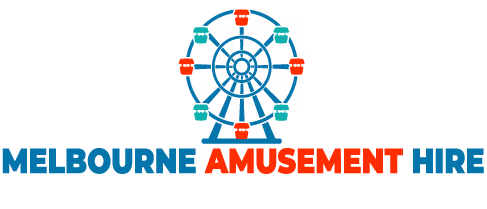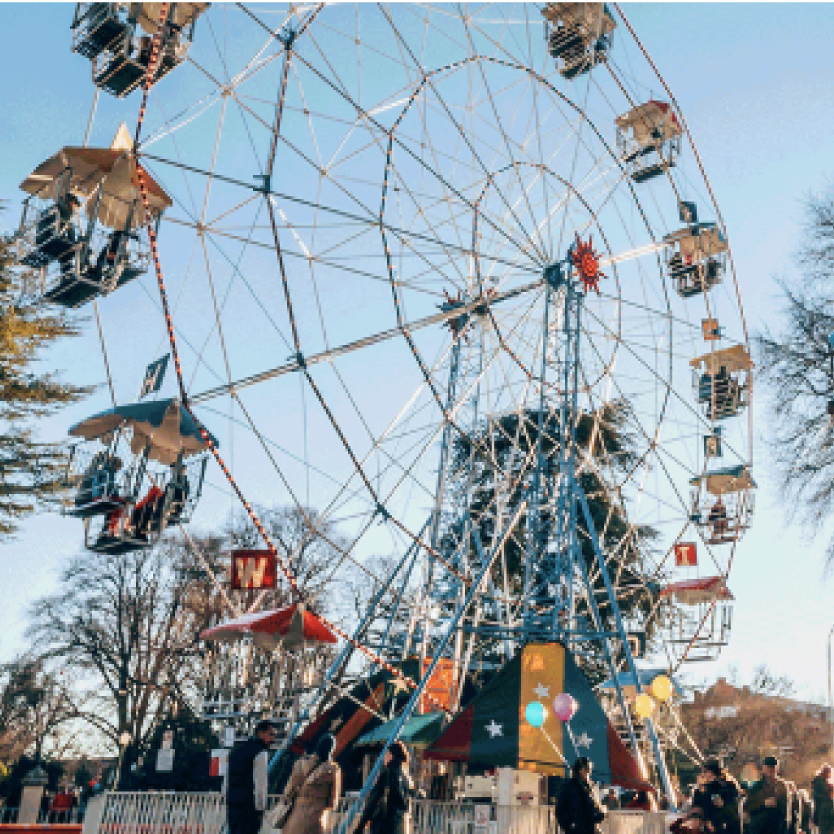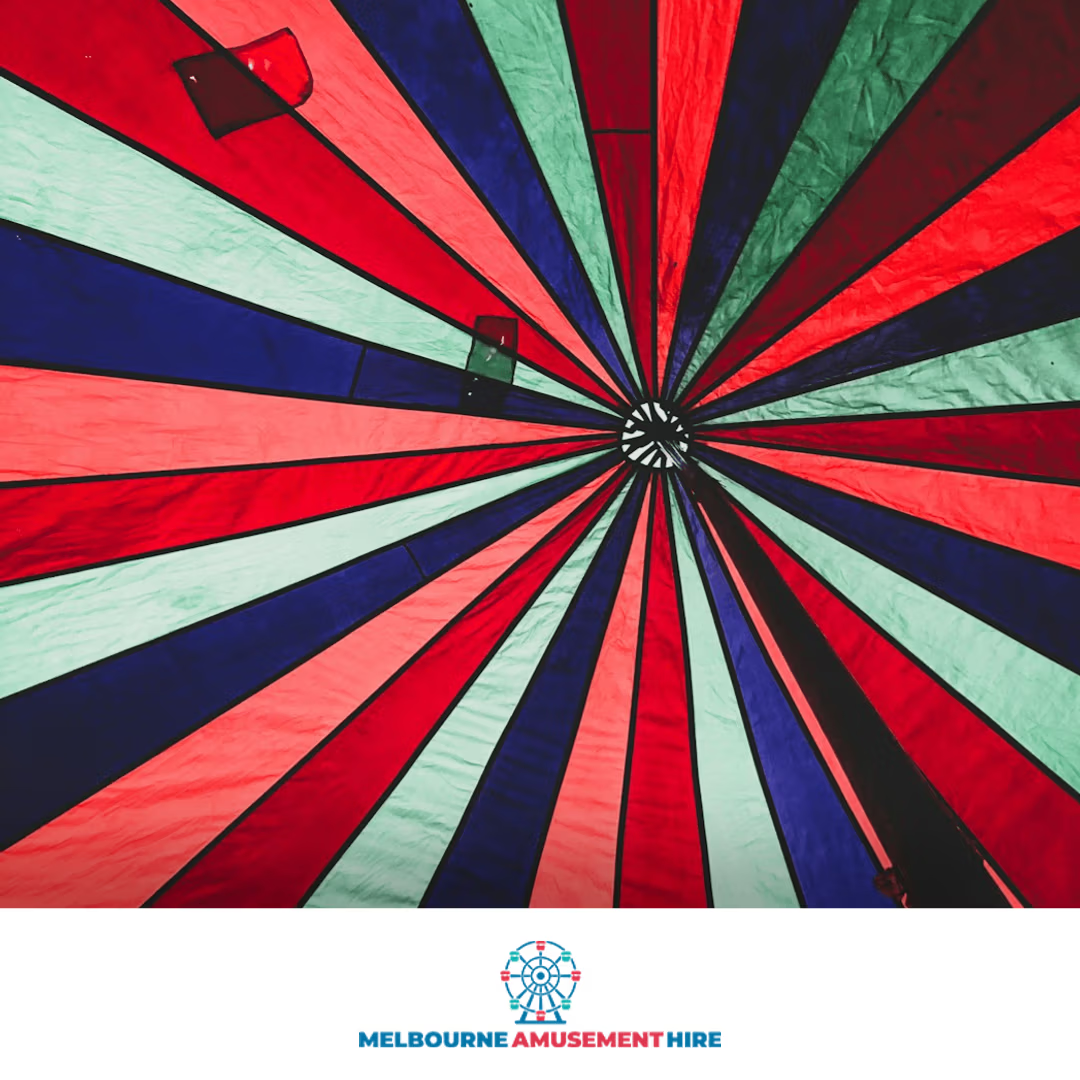In our spare time, we all do fun activities like seeing a stage show, visiting shopping malls, carnival fairs, toy shows and more. The definition of a carnival fair in Victoria is an outdoor event that includes carnival fair rides in Victoria, games, food, live music, and many other fun activities. In this blog, we will share the different elements of carnival fair rides for hire in Victoria. We will talk about one of the most popular carnival fair rides, which is known as the Roller Coaster. Read on to know the details.
The Details About Roller Coasters You Should Know:
What are the Main Parts of a Roller Coaster?
There are different types of carnival rides, and they come in different parts. In this section, we shall examine the parts of the Roller Coaster. The Roller Coaster includes the following:
1. Tracks
2. Pillars
3. Train
4. Lifting System
5. Propulsion System
6. Brakes
7. Electrical System
How Does a Roller Coaster Work?
There are different types of carnival fair rides for hire in Victoria. All carnival rides have different principles. The Roller Coaster is a thrilling carnival ride that uses inertia and gravity to cause a train to travel on a winding track. It operates according to the laws of physics to offer an exciting experience to the people riding it.
The Roller Coaster doesn’t include engines. Therefore, it depends on the chain lifter for upward movement. The chain lifter pushes the roller coaster to the highest point of the winding track. As it moves up, there is a potential energy generated. At the peak of the winding track, the potential energy is at its highest. The potential energy generated is converted into kinetic energy as the roller coaster is pulled to the ground.
How are the Roller Coasters Built?
Being one of the best carnival rides for hire in Victoria, a lot of process goes into the manufacturing of the roller coaster rides. Here are the details of the primary process. The primary process of building a roller coaster includes:
1. Track Manufacturing
2. Seat Manufacturing
3. Painting
The Roller Coaster track manufacturing process includes the following steps:
Track Bending: The track on which the Roller Coaster travels is created from pipes. The pipes are bent into the preferred shapes using a machine. The dynamic simulation analysis is done to determine the size of the pipes and the shapes during the design stage of the roller coaster.
Orbital welding: During this stage, the pipes used to build the tracks are welded together. But before that, the pipes are cut into precise sizes with a computer numerically controlled (CNC) machine.
The track constructed is painted to protect it from ruse and offer it a beautiful appearance. Painting the track also makes the roller coaster last for a longer time. It is crucial to paint the track with anti-rust. This must be sprayed with two primers and complete with two finishes.
Roller Coaster Derusting: As one of the best and most popular carnival fair rides in Victoria, it is crucial to ensure flaw detection in the Roller Coaster. The constructed track is assessed and then tested to detect any errors or flaws. If an error is detected, it is immediately corrected. The flaw detection process is done to determine the quality of the tracks and ensure they meet the standards. A quality track ensures a safe roller coaster.
How do you install Carnival Fair Rides in Victoria?
There are a lot of processes to install carnival rides for hire in Victoria. The primary process is as follows:
1. Construction preparation
2. Construction of the different engineering parts
3. Rainy season measures
4. Night construction safety options
What is the Cost of the Carnival Ride?
When it comes to the cost of the carnival rides for hire in Victoria, the price depends on the type of materials included in the ride and the type of ride. For instance, a carousel’s cost will be different from a roller coaster. This is because they have different designs, components, and structures. A carnival ride with a complicated design will cost more than a simple one. The cost of a roller coaster might be higher than a carousel because the design and structure is more complicated than that of a carousel. The type of materials used also affects the cost because the carnival rides, made with high-quality materials, cost much more.







